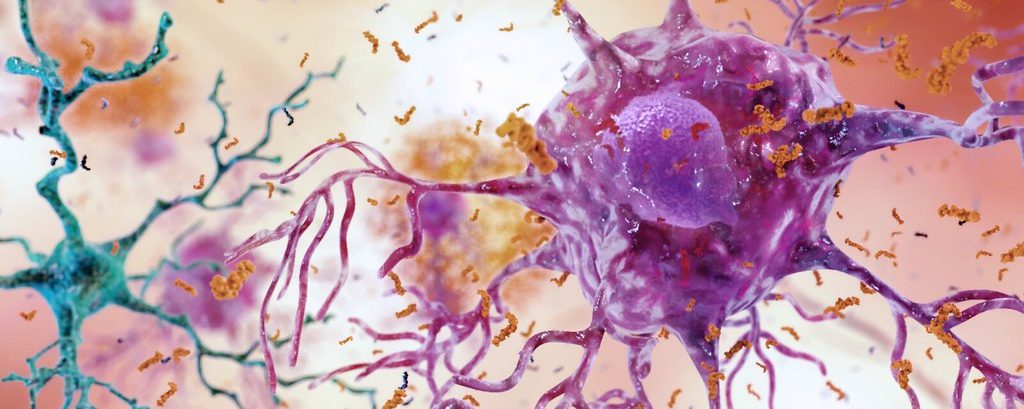by Nicole Xu
The immune system is often referred to as the body’s defense system, but what happens when the defense system itself turns lethal? Swelling around a simple cut, a sore throat, and arthritis can all be linked back to one root cause: inflammation. Originally evolved as a short-term defense response to abnormal conditions within the body, inflammation becomes detrimental when chronic. A wide range of diseases like cancer and Alzheimer’s Disease are associated with chronic tissue inflammation, which can eventually spread to other areas of the body or result in tissue and cell death, so targeting inflammatory responses could lead to a cure or preventative measures for these conditions.
A recent study conducted at McGill University used non-steroidal anti-inflammatory drugs (NSAIDs) on asymptomatic adults who had a high risk of developing Alzheimer’s Disease due to familial history. Not only did the NSAIDs have no improvement in the Alzheimer’s Disease markers, NSAIDs showed signs of having adverse effects on these markers in addition to the expected side effects of gastrointestinal and cardiovascular issues. While this finding seems to discourage targeting inflammatory pathways to treat Alzheimer’s Disease, perhaps the discovery by Alessandra Martini can lend a new direction in anti-inflammatory therapy for clinical testing.
Focusing specifically on Alzheimer’s Disease, Martini and her lab at the University of California Irvine studied whether the established interleukin-1β (IL-1β) pathway, one of many pathways that contribute to neuroinflammation, plays a part in the progression of Alzheimer’s. In the pathway, the IL-1β protein binds to its receptor in the cell known as the interleukin-1 receptor-1 (IL1-R1). This receptor-ligand complex can then bind to a molecule known as the target of Myb1 (TOM1). These two consecutive binding events render these three molecules ineffective and end the inflammatory response in the cell.
In order to investigate how the IL-1β mechanism affects Alzheimer’s Disease, Martini studied various additions and disruptions to the pathway. Amyloid-beta (Aβ) is a well established contributor to neuronal damage in Alzheimer’s Disease by forming plaques in the brain between neurons. The disruption of neuron formation and signaling leads to the symptoms of memory loss in patients. Testing how Aβ interacts with the IL-1β pathway in mice brains and human stem cells, Martini found that the presence of Aβ is associated with a decrease in the levels of TOM1 and an increase in the expression of IL1-R1. The inflammation pathway is not sufficiently degraded when there are decreased levels of TOM1 because TOM1 presence is essential for the cell to engulf IL-1β pathway proteins.
Not only did TOM1 dysfunction affect IL-1R1, but it also led to an overall increase in immune response, which can contribute to inflammation. Reduced TOM1 levels led to an increase of some proinflammatory cytokines and tumor necrosis factor. On the other hand, the increase in TOM1 led to increased expression of a cytokine that regulates inflammation and decrease Alzheimer’s Disease markers. This further supports the theory that focusing on maintaining or repairing the TOM1 signaling pathway specifically can be a good therapeutic target for Alzheimer’s Disease.
Hopefully anti-inflammatory pathways can be a viable target for therapy or treatment of Alzheimer’s Disease and other diseases like cancer with this similar root cause to help the vast amounts of impacted patients and families!
Reference:
Martini, A. C., Gomez-Arboledas, A., Forner, S., Rodriguez-Ortiz, C. J., Mcquade, A., Danhash, E., … Laferla, F. M. (2019). Amyloid-beta impairs TOM1-mediated IL-1R1 signaling. Proceedings of the National Academy of Sciences, 116(42), 21198–21206. doi: 10.1073/pnas.1914088116
Image Citation:
Gallery, N. I. H. I. (2017, November 29). Brain Inflammation from Alzheimer’s Disease. Retrieved from https://www.flickr.com/photos/nihgov/38730047881.
